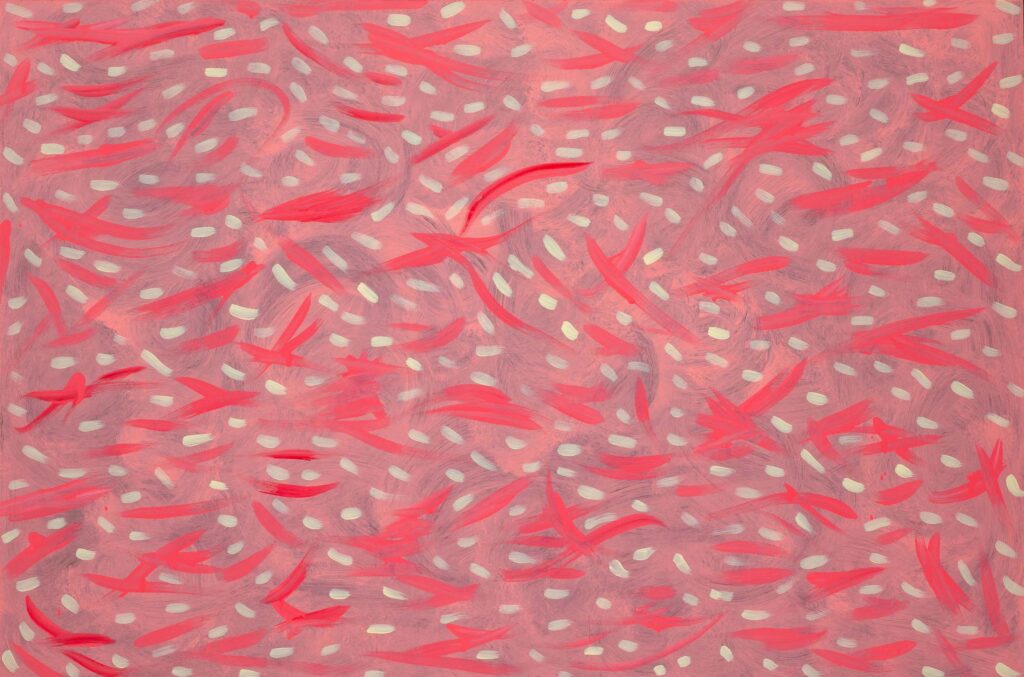Vanity of art: You may think it’s vain to be vain. You could imagine Mona Lisa in the privacy of her boudoir, “Mirror, mirror, on the wall, who’s the most famous woman of all.”
And no one would be surprised if the mirror responded to the lovely Mona, “Of course you are my dear, and you may always be!”
Famous works of art share one thing in common, they have all earned the right to project vanity. These works of art constantly receive praise, not only from those who have the honor to stand before them, but think about all of the written histories outlining how they were made and by whom.
If you were the actual painting created by Leonardo da Vinci of the Mona Lisa, and you were hanging in the Louvre in Paris, and every day the museum was open, you would be looking out over a sea of humanity, lobbying for a perfect position to capture you and them in a selfie. Now there you may find some social media vanity of the infamous; “I was there, see here’s proof for all my friends and followers to see.”
The statue of David created by Michelangelo is located in the Accademia Gallery of Florence. Now there is some vanity proudly on display. It overpowers all mere mortals and can be the source of much envy. There’s only one way to photograph this monolithic man and that is straight up… If you’re lucky when you create a selfie, you will capture your head and most of his torso, it’s hard to get back far enough to do much else.
The artist to create these masterful works of art have the most vain-ish thoughts once they complete the work especially as they witness much profound admiration. Of course it’s well-deserved, if you stand before the Pieta in St. Peter’s Basilica Vatican City, you may lose your breath. It’s beyond astonishing and hard to believe one man created it with a chisel and a mallet.
Fast forward a few hundred years and you have the artist Jackson Pollock’s famous work entitled, Number 1 (Lavender Mist). The colors alone reeked of vanity, but not so much for the artist, he was a tortured man, experiencing the highest highs and the lowest lows. When he was featured in Life magazine he basked in the glory. That issue featured a cover photo of Betty Parsons, who was an early promoter of Abstract Expressionism. Gave the readers, especially struggling artists, something to envy, with every desire to be in total possession of their own creative vanity.
You may be thinking that I skipped over Vincent van Gogh or perhaps even Picasso or the artist that demonstrated vanity in its highest form: Rembrandt, the one who painted a portrait of himself nearly every year of his life. Was that vanity or was he just being a good documentarian for future art critics to discuss?
Okay, so Vincent van Gogh was a famous artist and arguably one of the best, although Cezanne is considered to be one of the greatest, and he didn’t have to fiddle with bandaging his right ear.
I put a male artist and a woman artist at the top of the vanity tree, and I’m sure there will be plenty of, “Oh yeah,” in these two prominent guests to my article; they are Pablo Picasso and Georgia O’Keefe. Both creatively notorious, and both were not shy about their successes. One used her vanity to keep her sister from ever becoming an artist. The other used his notoriety to keep the mother of two of his children Claude and Paloma from ever having the art world shine its lights on her. But later in her life Françoise Gilot became a highly respected artist, by the way I had the opportunity to meet with her some years ago when she was married to Jonas Salk, the guy who helped save the world from the devastating disease of polio.
The vanities in the art world have no shortcomings. Vanity is a free agent and can possess an actual painting itself, and the artist that created it. At the top of that vanity triad, just maybe the collector, the one that can spend millions on works of art at auction.
Every artist is vain, they may not be quick to acknowledge that; after all it does take a lot of courage and skill to create a pleasing work of art, no matter what the medium. When the creator is sequestered in the studio and no one is there to read their mind, you can be sure that there are a myriad of thoughts of self aggrandizement. Or as I like to say in the privacy of my own studio “Delusions of grandeur.”
The vanity of art, it was, it is, and it always will be… A mission is to motivate; and judging from all of the great art, and the great artists that created those works, we must give a pronounced amount of vanity to the collectors, that have the wherewithal to collect it and the palaces to showcase, the vanity of art seems to be doing a pretty good job of it.
We all have the capacity to be vain about something in our lives, you may be accused of having an over inflated ego, but psychologists tell us this may be healthy, and it builds self-esteem. The vanity of art builds self-esteem for the creators, and that is unquestionably worth the price of admission to the museum’s of vanity.
